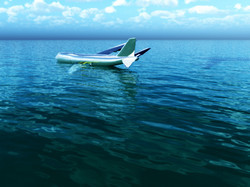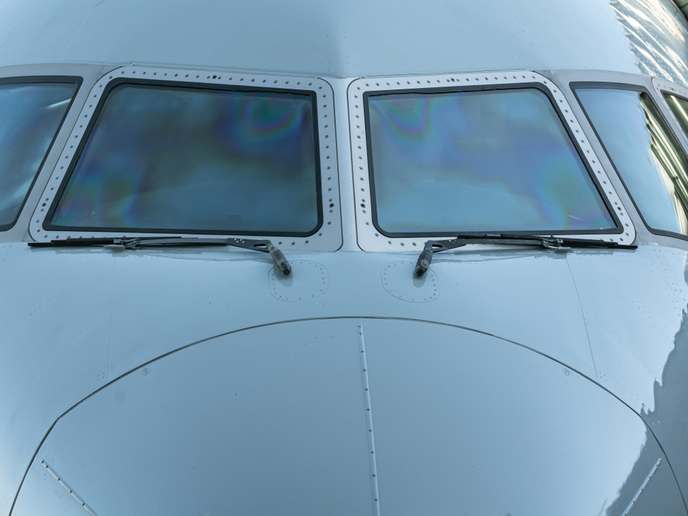New tools to ensure aircraft stays afloat during ditching
The current drive towards greener, safer and lower-cost aircraft requires manufacturers to come up with innovative design solutions and new structural concepts. Empirical methods traditionally used to design aircraft with respect to emergency situations are becoming obsolete. New methodologies and predictive numerical tools are necessary to mitigate safety and economical risks. Within the project SMAES(opens in new window) (Smart aircraft in emergency situations), researchers developed advanced simulation tools for use at different stages of the design and certification processes. Through optimising the ditching response, these newly developed tools should reduce design and test costs, increasing innovation to create safer, lighter and less expensive structures. The ditching process can be categorised into four phases: approach, impact, landing and floatation. Ditching generates high hydrodynamic loads on the structure. Because of the high forward velocity, effects such as cavitation and ventilation influence hydrodynamic loads. Amongst project achievements was the development of improved analytical and numerical models for predicting fluid loads and local pressures acting on aircraft during ditching. Researchers produced complex fluid models that can represent important physical phenomena such as air cushioning, ventilation, cavitation and suction force. Another part of the work focused on the successful development of reliable models predicting an aircraft's structural behaviour and rupture under dynamic fluid loads. The deformable structural models were then coupled with the improved fluid models. The outcomes of this task were validated methodologies for performing fluid-structure coupled with aircraft ditching simulations. The SMAES team established a new experimental high-speed water impact facility that can support future research and development in water impact response. An extensive set of test data was produced, covering high-speed water impact and the response of composite structures. Apart from upgrading safety, SMAES is expected to contribute to the competitiveness and primacy of the European aeronautics industry thanks to an array of novel tools for aircraft design. Finally, improved understanding of the complex physical phenomena that occur during aircraft ditching will be useful in other structure-fluid applications such as landing rotorcraft on water and high-speed planning.







